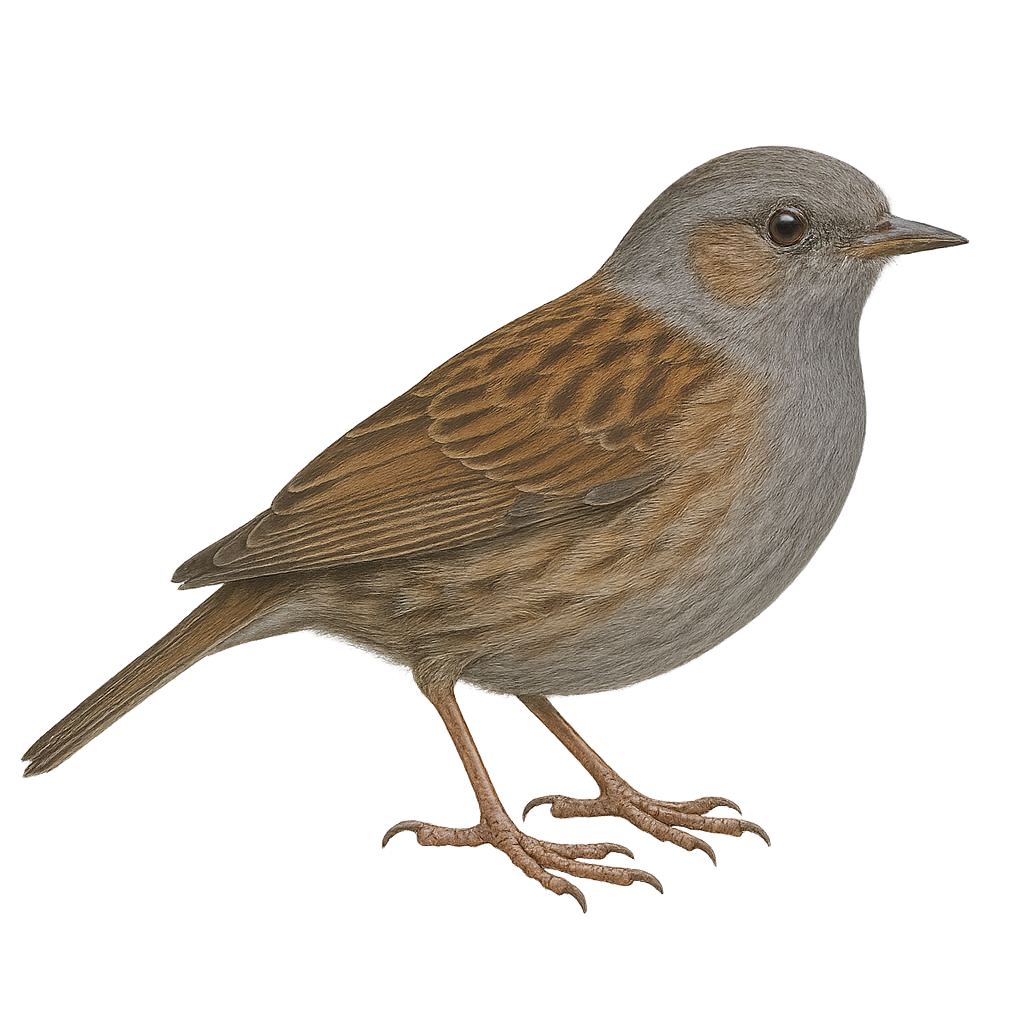Your wildlife photography guide.
Explore the dunnock in detail, study its behavior, prepare your shots.
Where to observe and photograph the dunnock in the wild
Learn where and when to spot the dunnock in the wild, how to identify the species based on distinctive features, and what natural environments it inhabits. The WildlifePhotographer app offers tailored photography tips that reflect the dunnock’s behavior, helping you capture better wildlife images. Explore the full species profile for key information including description, habitat, active periods, and approach techniques.
Dunnock
Scientific name: Prunella modularis

IUCN Status: Least Concern
Family: PRUNELLIDAE
Group: Birds
Sensitivity to human approach: Very shy
Minimum approach distance: 20 m
Courtship display: March to May
Incubation: 12–15 jours
Hatchings: April to June
Habitat:
Hedgerows, woodland edges and gardens
Activity period :
Primarily active during the day, with peak activity in the morning and late afternoon.
Identification and description:
The dunnock is a small passerine, 12–14 cm long, with streaked brownish-grey plumage, an unobtrusive posture and a quick, darting flight. It inhabits hedgerows, woodland edges and gardens, feeding on seeds and insects searched for on the ground or in foliage. During the breeding season, the male sings from a low perch to attract the female and defend a compact territory.
Recommended lens:
500 mm – adjust based on distance, desired framing (portrait or habitat), and approach conditions.
Photography tips:
Move slowly along hedgerows and stay hidden behind vegetation. Photograph in early morning to take advantage of soft light and morning song, and use a fast shutter speed to freeze its quick movements.
From knowledge to field practice
A species profile helps you understand an animal. In the field, the challenge is often different. Remembering your own observations.
The WildlifePhotographer app allows you to:
• record your personal observations
• note locations, dates, and behaviors
• revisit your field references over time
• build a private and long-term field logbook
The app does not provide observation locations.
It helps you organize what you actually observe, with respect for wildlife.

